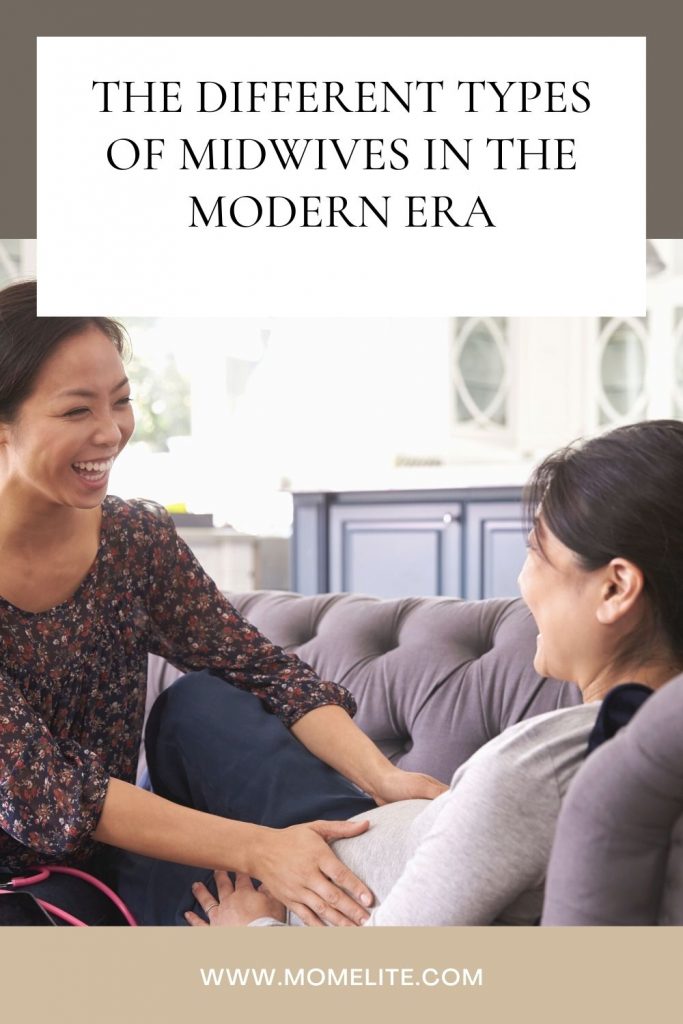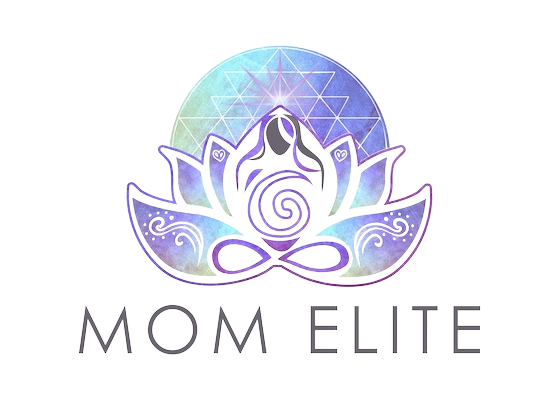A child’s birth is always a beautiful experience, but it’s no secret that the journey is far from easy. For this reason, having a compassionate, understanding person in the room with you can help not just physically but also emotionally. This is the main task of midwives, one of the most important professions in the world today.
Many women prefer to work with midwives instead of obstetricians, as a midwife will spend more time with you both before and during labor and generally provide a more custom, caring touch. If you’re considering hiring a midwife, you might be surprised to learn about the following different types of midwives in the modern era.
Certified Nurse Midwife
As the name implies, certified nurse midwives are registered nurses. This means they have associate’s or (more likely) bachelor’s degrees in nursing, have passed the NCLEX (National Council Licensure Examination), and have been licensed as nurses in their states. Certified nurse midwives have also received their master’s degrees and have gone through a year or two of intensive midwifery training.
CNMs are recognized as primary care physicians, so they can prescribe medication, and they’re licensed in every state. Working mostly in hospitals, they’ll help with prenatal care, attend the delivery, and help with postnatal care in some cases.
Certified Midwife
A certified midwife is similar to a certified nurse midwife. They have a graduate degree in midwifery, but their undergraduate degree was not necessarily in nursing, though it will have been in something health related. As opposed to CNMs, certified midwives are not recognized in all 50 states, only in New Jersey, New York, Rhode Island, Oklahoma, Virginia, Hawaii, Delaware, Maine, and Maryland.
Certified Professional Midwife
Certified professional midwives (CPMs) do not have nursing degrees, but they’re licensed by the North American Registry of Midwives after passing examinations. CPMs are most likely to attend and assist in at-home deliveries. In fact, this is the only type of midwife certification that requires knowledge of in-home deliveries. CPMs can become licensed midwives in various states.
Direct-Entry Midwife
A direct-entry midwife is a midwife who does not have a nursing degree—they have “directly entered” into the study of midwifery. They may have an associate’s, bachelor’s, or master’s degree in midwifery, or they may have no related degrees at all and have received their training at an independent midwifery school. Direct-entry midwives are commonly registered midwives (RM) or licensed midwives (LM).
Traditional Midwife
A traditional midwife, also known as a lay midwife, has had no formal institutional training. On the contrary, these midwives have gone through training by self-study or shadowing a formally educated midwife. These midwives may have an interest in alternative medicine or practices.
As outlined above, moms-to-be can evaluate the different types of midwives in the modern era to choose one that suits their personal wants and needs. The type you choose depends largely on how much training you’d like them to have, whether you’d like to deliver your baby in a hospital or at home, and how much prenatal and postnatal care you require.



